You are here
Back to topEcuadorian Yellow Dragon Fruit Will Soon Debut in China
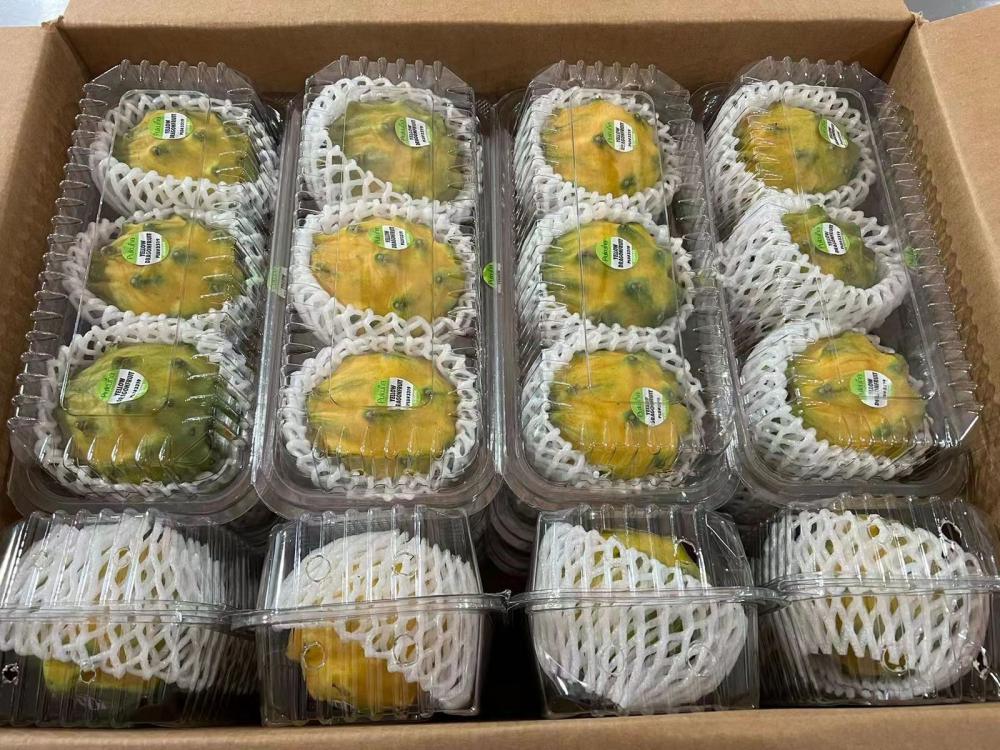
China’s first ever shipment of dragon fruit imported from Ecuador is expected to arrive in December, which follows the fruit gaining market access in August. Ecuador produces both red- and yellow-skinned dragon fruit. While yellow dragon fruit (also known as kirin fruit and yellow pitaya) is produced in smaller volumes, it is the product that has caught the attention of Chinese consumers and thus has the best prospects in the market.
To better understand the product and its potential in China, Produce Report conducted an exclusive interview with Santiago Baez, CEO of Ecuadorian dragon fruit grower and exporter Pukuna Farms.
According to Baez, the dragon fruit is native to Ecuador, which contributes to the excellent quality and taste of dragon fruit now commercially cultivated there. The area around the town of Palora is one of Ecuador’s main yellow dragon fruit producing areas, with plantings of about 3,600 hectares. The yield of yellow dragon fruit per hectare is usually between 25,000 and 30,000 kilograms, of which 90% can meet export standards. Compared with the dragon fruit grown in other countries, yellow dragon fruits from Ecuador are larger in size and weigh more than 300 grams per fruit.
Export specifications are divided into four grades:
- Single fruits above 450 grams are grade 5
- 400 to 450 grams are grade 6
- 350 to 400 grams are grade 7
- 300 to 350 grams are grade 8.
High sweetness is another major feature of Ecuadorian yellow dragon fruit. According to Baez, the sweetness of an unripe yellow dragon fruit with green skin can already reach more than 20 degrees Brix, and the sweetness of the exported fruit is above 20 degrees.
The overall quality of Ecuadorian dragon fruit this season is reportedly satisfactory, and the defect rate of exported fruit is expected to be controlled to below 5%.
Baez told Produce Report that at present about 200 hectares of yellow dragon fruit orchards in Palora have successfully been registered to export to the Chinese market. Based on the yields mentioned above, the total annual output of yellow dragon fruit that could potentially be exported to Chinese market is presently 5 million to 6 million kilograms. Considering it’s the first time Ecuadorian dragon fruit is being exported to China, Mr. Baez expects that at most 30% of this potential volume will actually be exported to China, which is about 1.5 million to 1.8 million kilograms. This is equivalent to 600,000 to 720,000 boxes at a standardized weight of 2.5 kilograms.
According to Baez, Yellow dragon fruit can be supplied stably throughout the year, with peak production periods taking place in January to March, June to mid-August and October to December. Baez hope that Chinese consumers will respond favorably to the high quality of Palora’s dragon fruits.
The first shipment of Ecuadorian dragon fruit to China is expected in December. During the early stages, transportation will be carried out by air freight. Sea shipments could also be a possibility in the future if the product is successful and higher volumes are needed.
Pukuna Farms started dragon fruit cultivation in 2014 and officially established a company in 2019. Focusing on fruit production and trade, Pukuna has made considerable achievements in fruit production, quality control and fruit commercialization. The company’s flagship product is yellow dragon fruit, but it also supplies red-skinned dragon fruit. Pukuna currently has a planting area of about 60 hectares of yellow dragon fruit, with an annual output of about 1.5 million to 1.8 million kilograms. Its plantings of red dragon fruit cover about 40 hectares, and the annual output is basically the same as that of yellow dragon fruit.
Image: Pukuna Farms




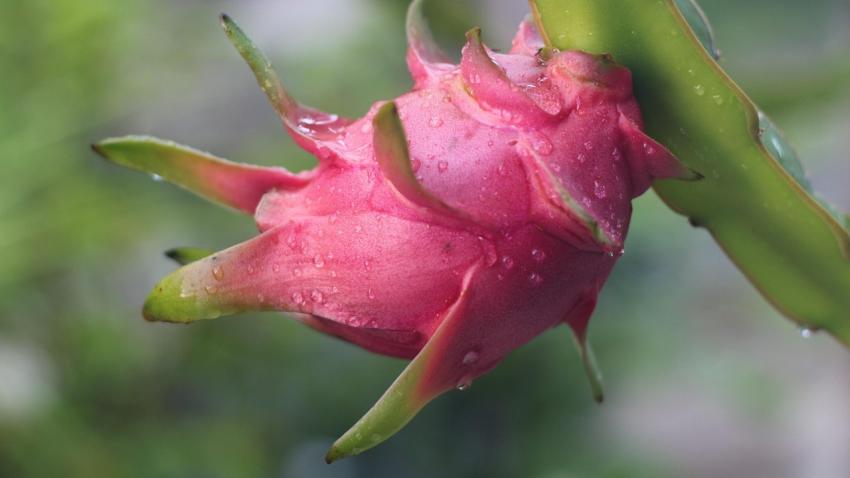
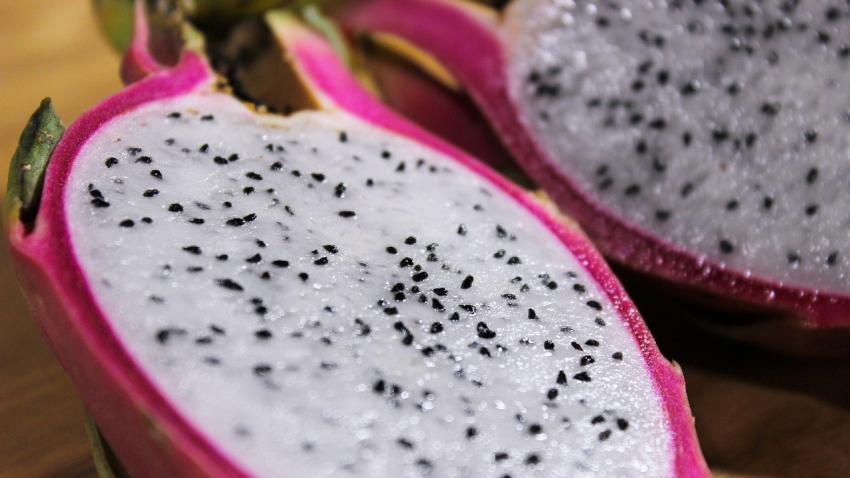
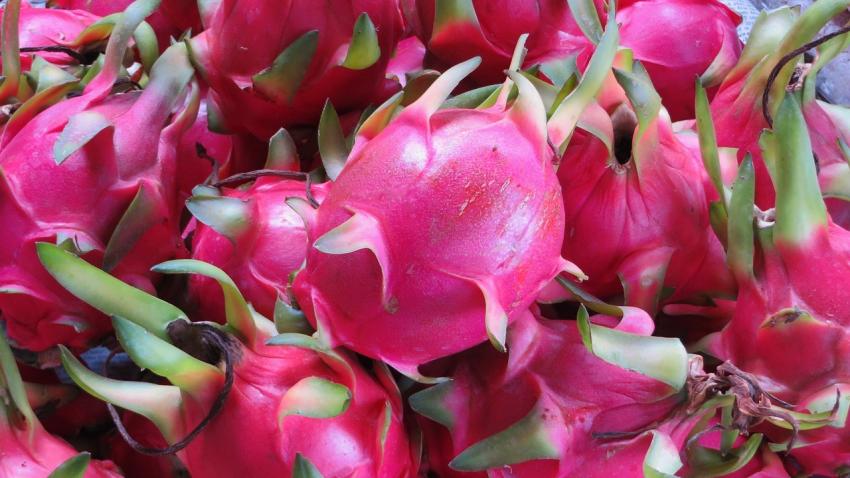
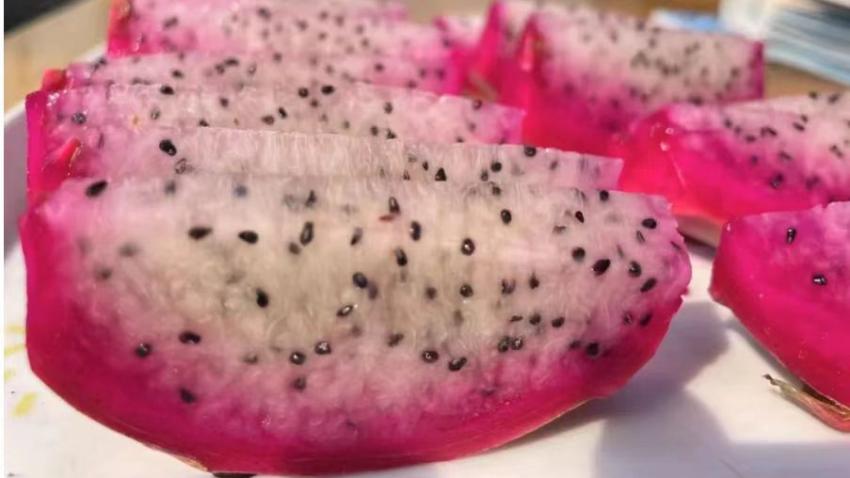







Add new comment